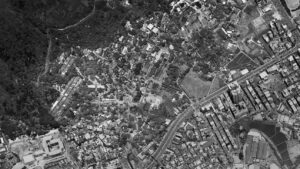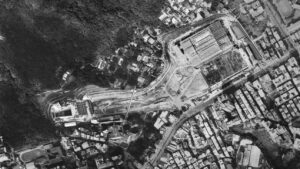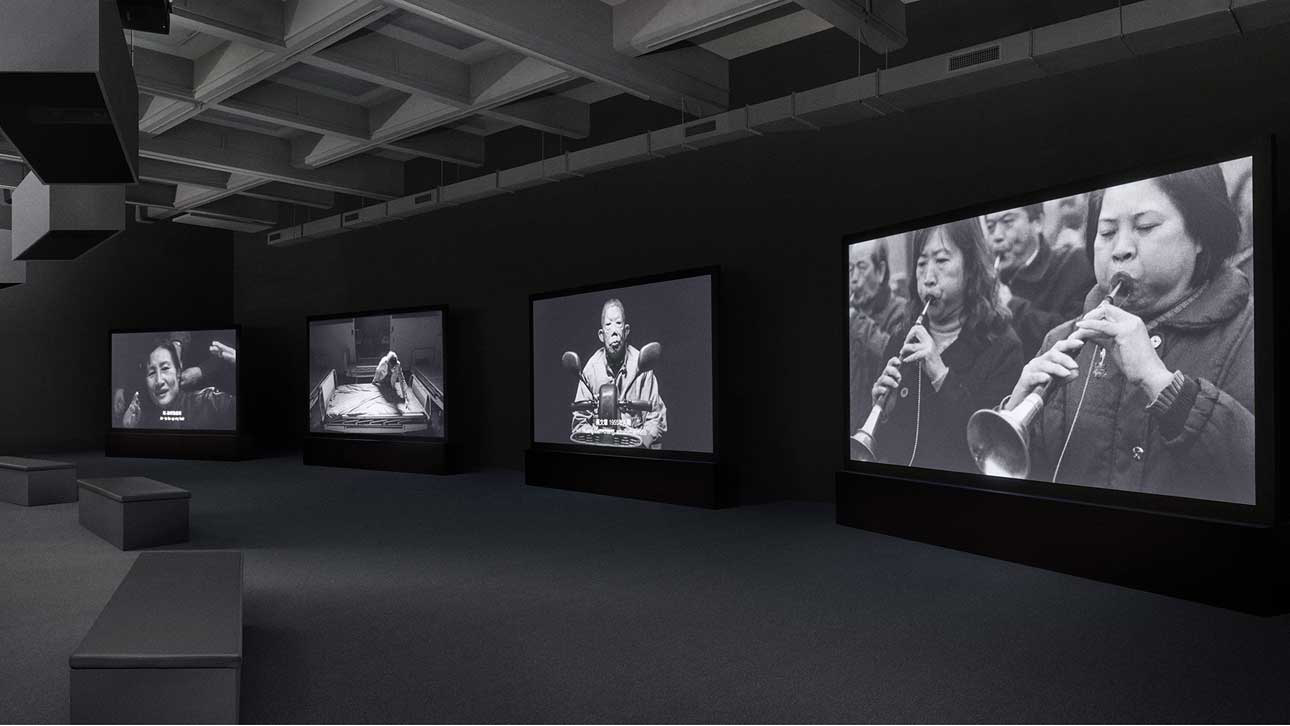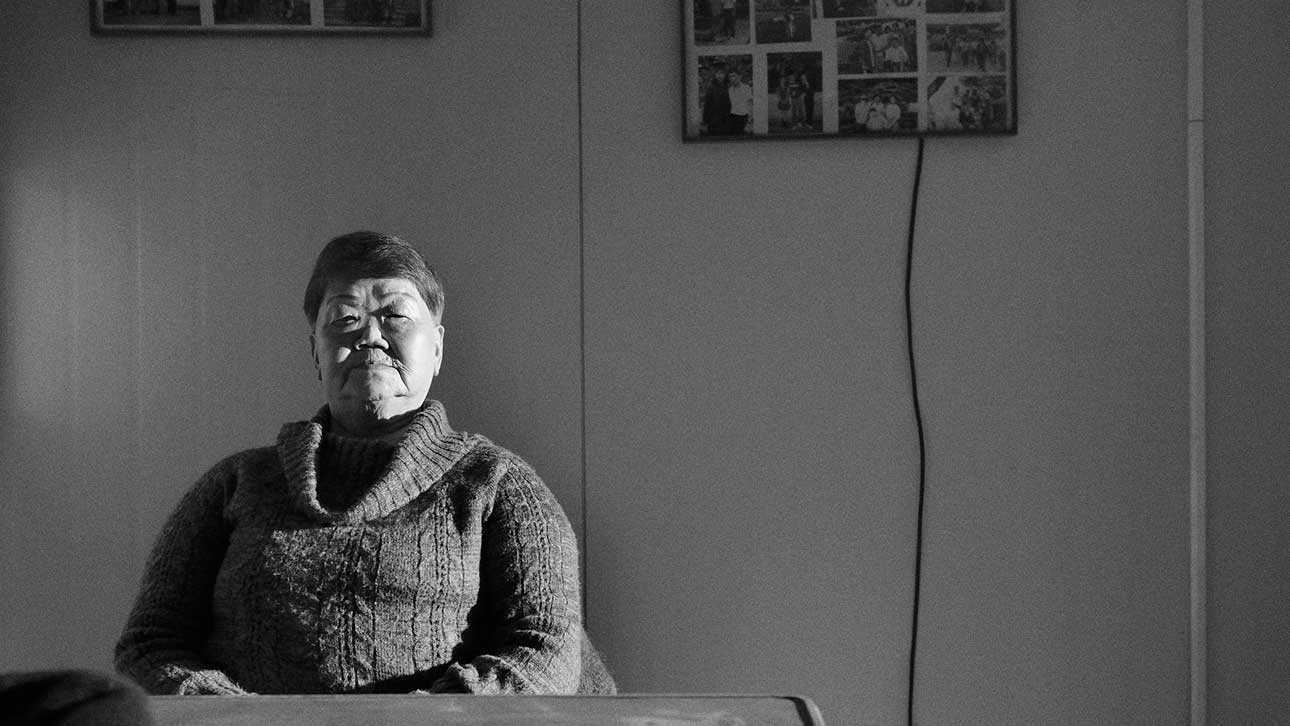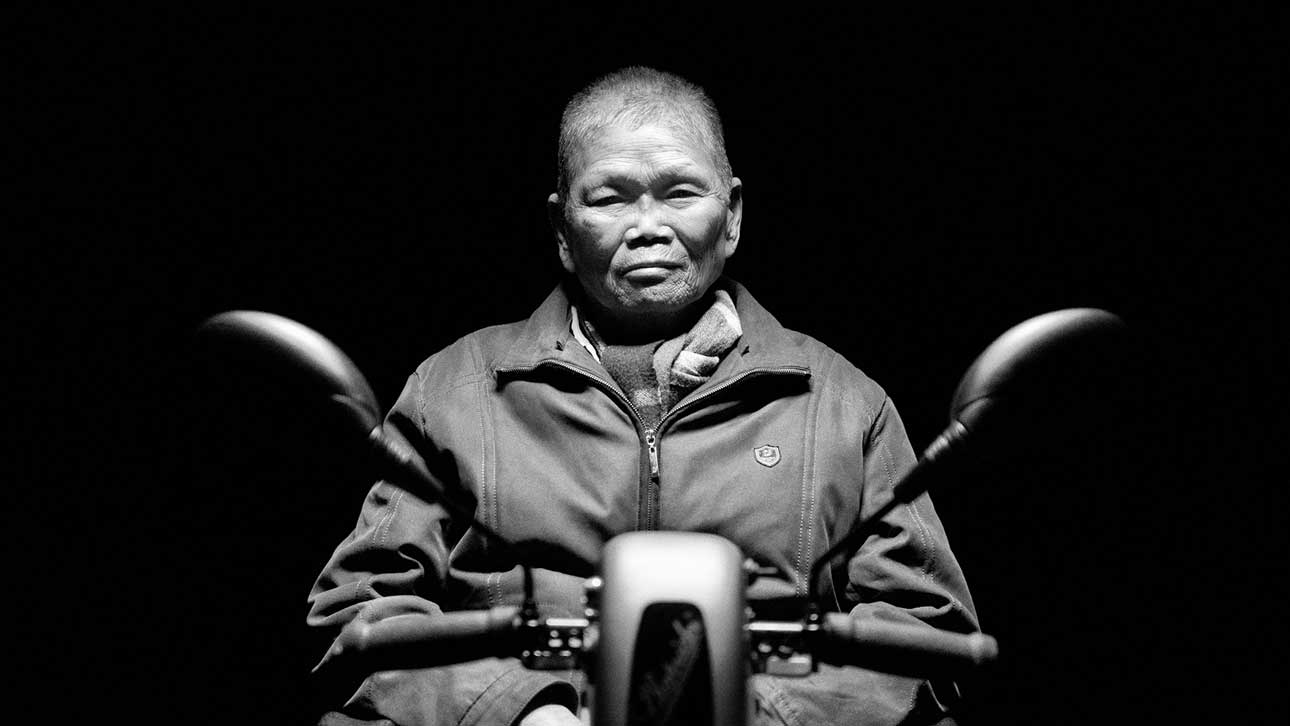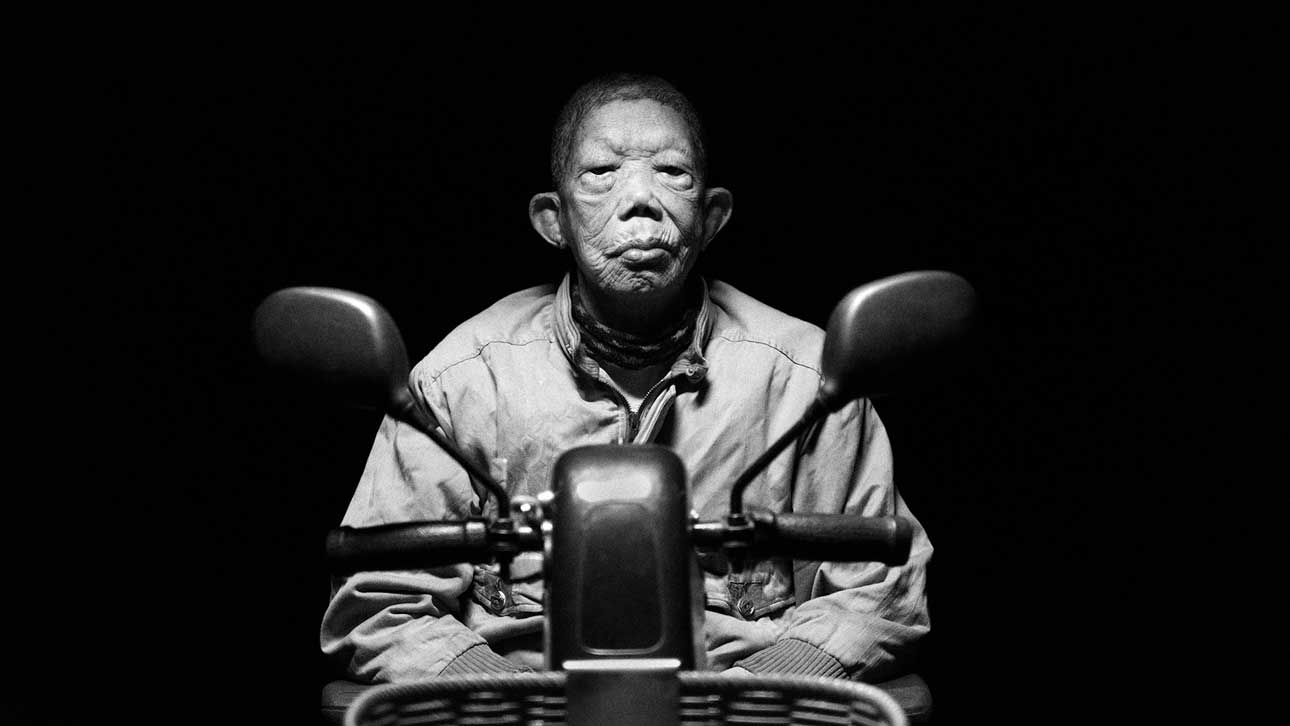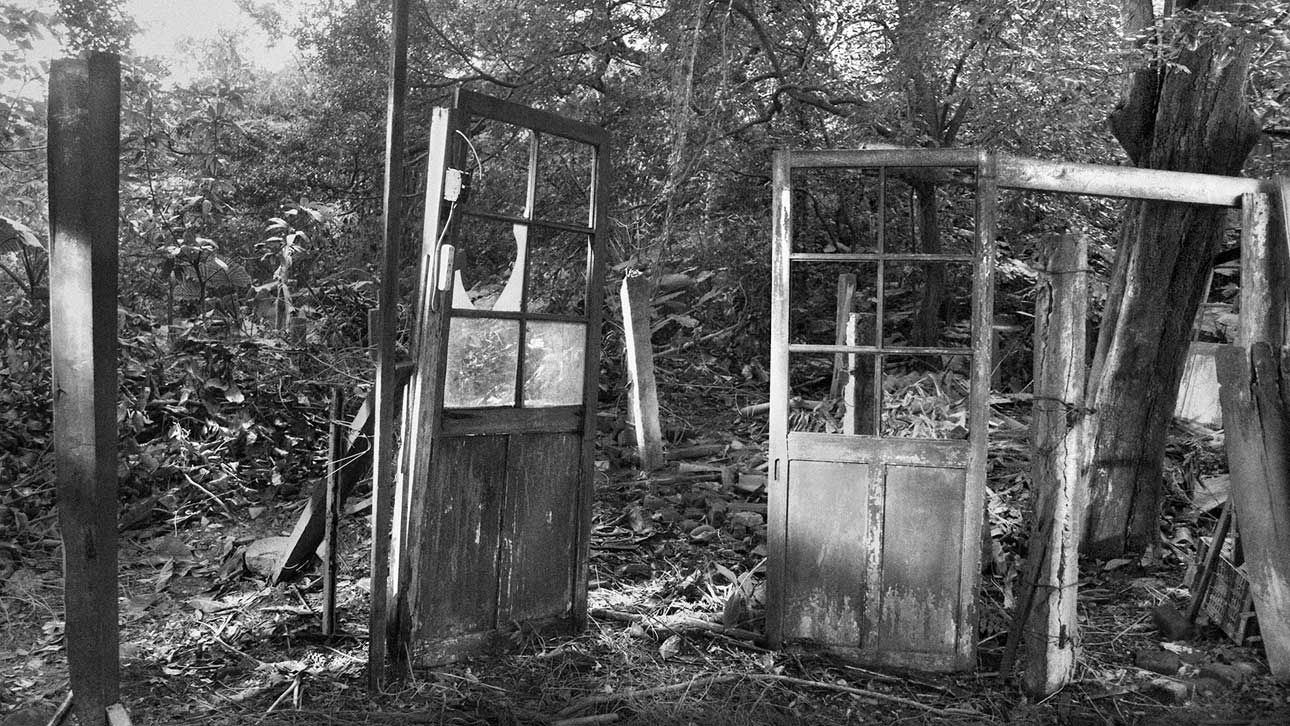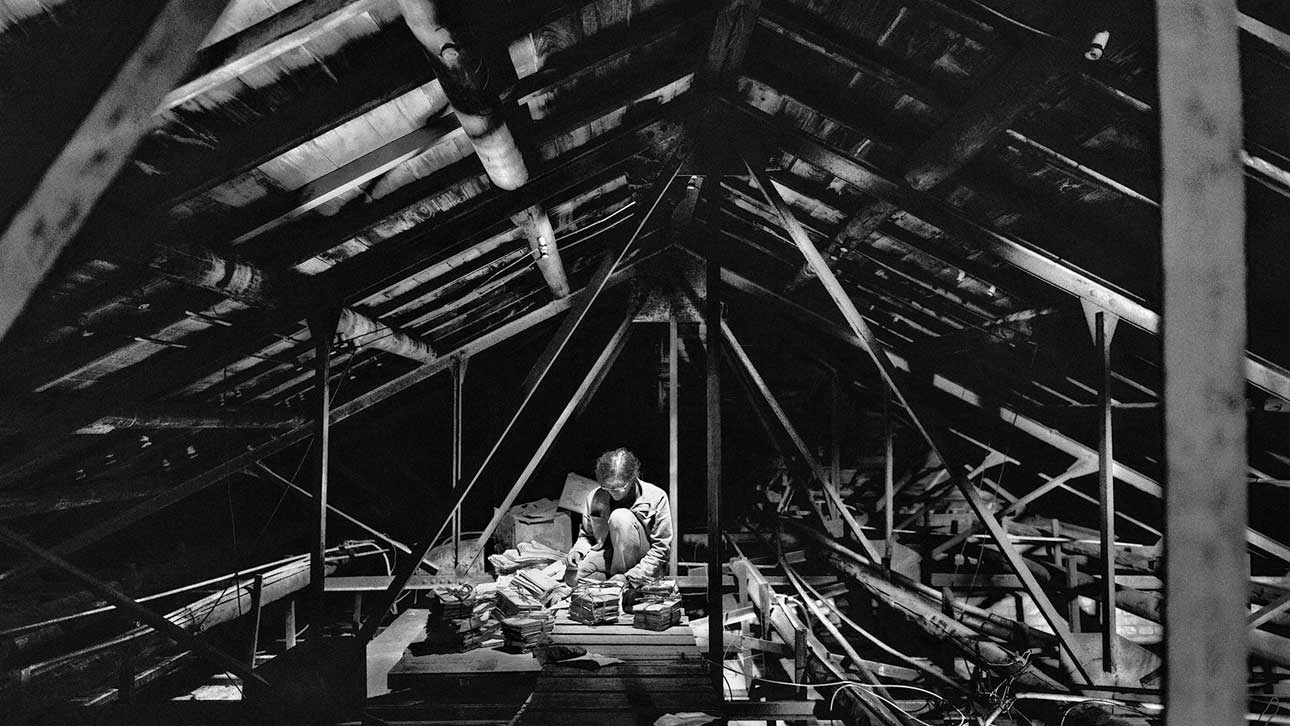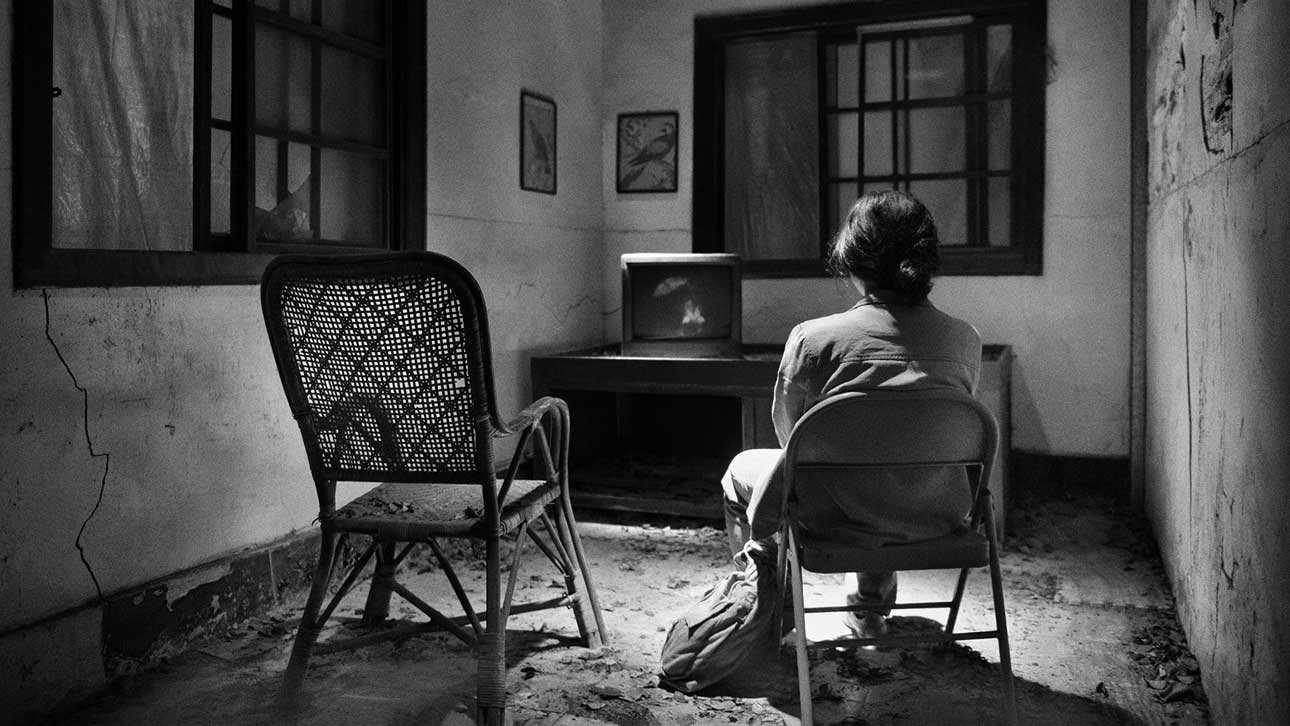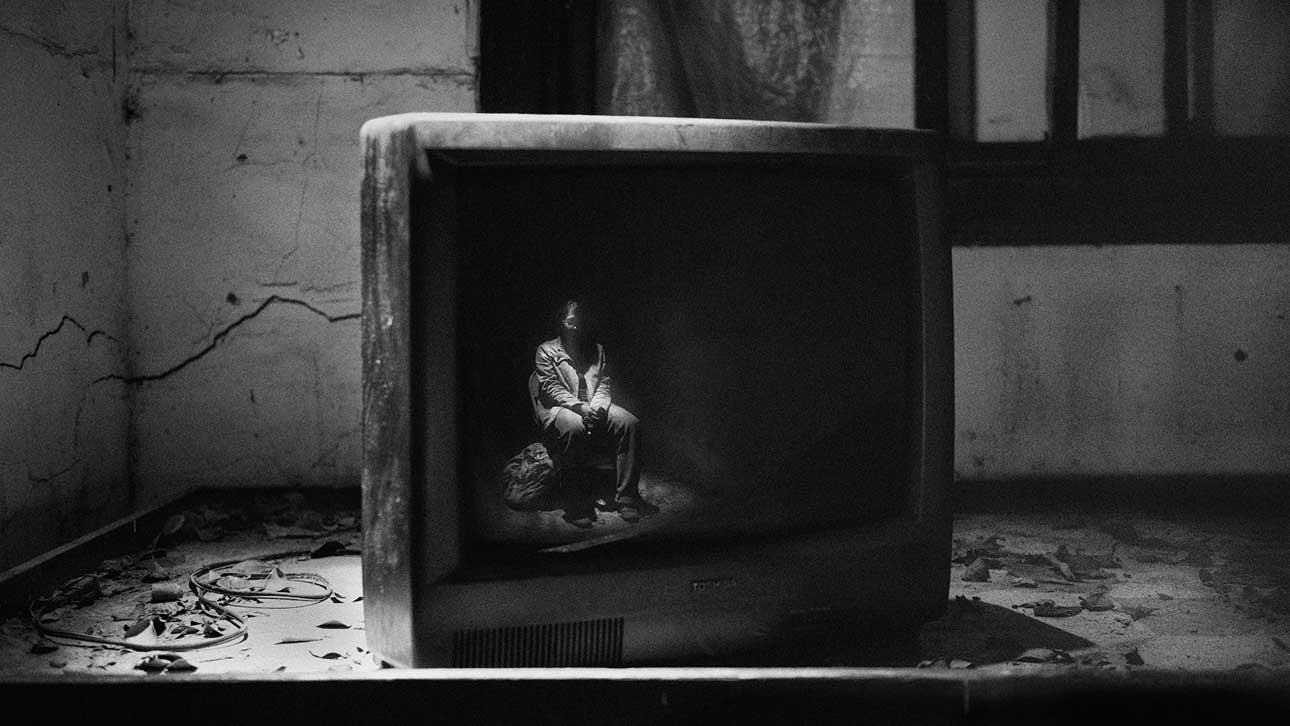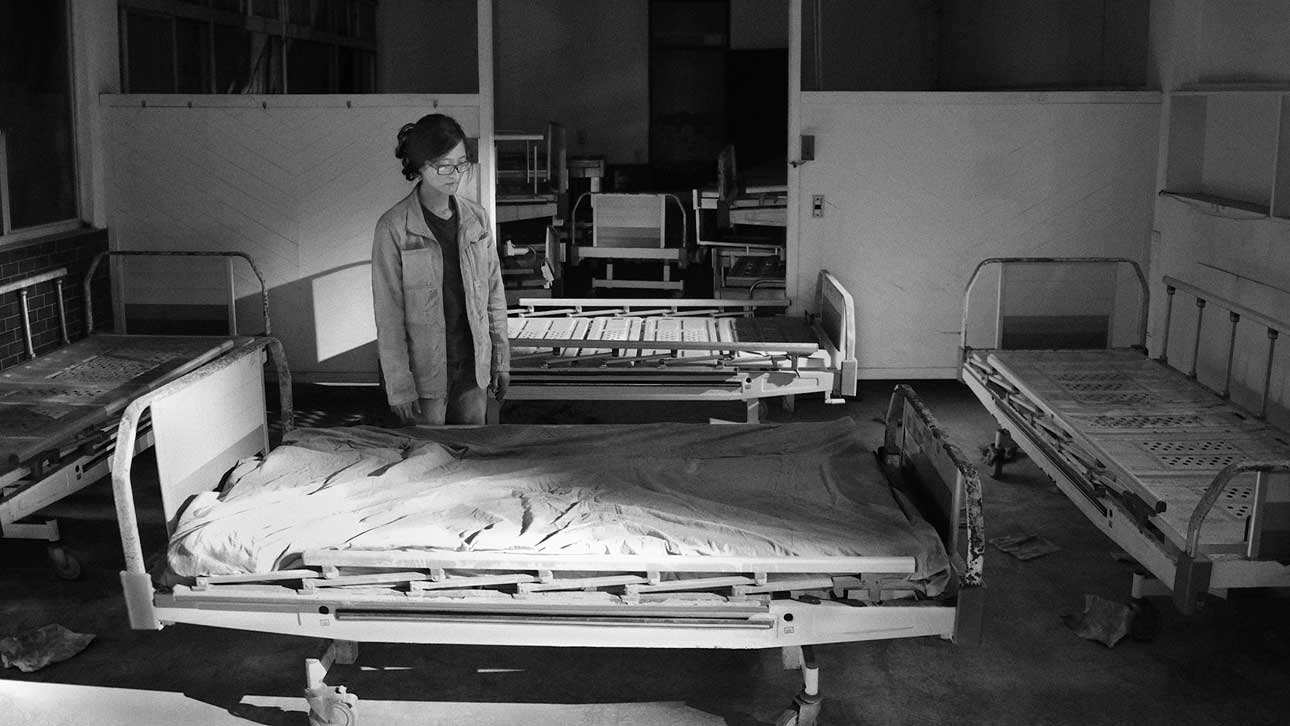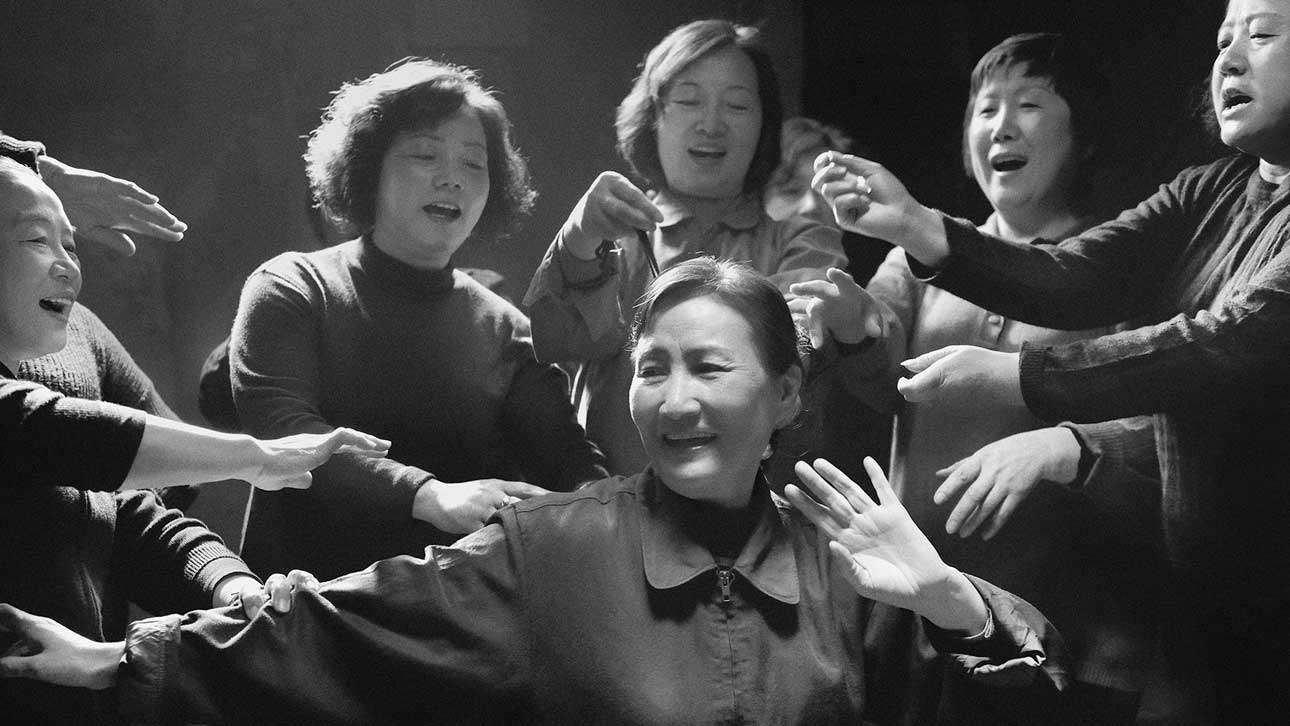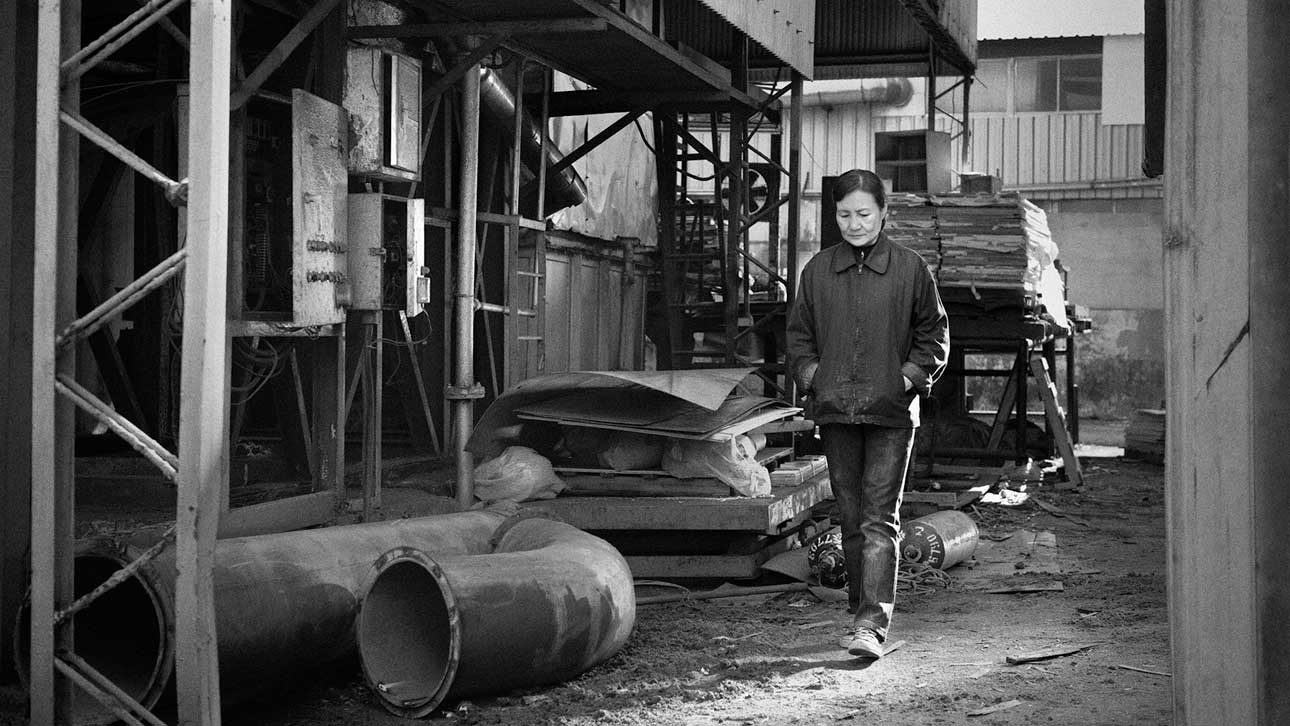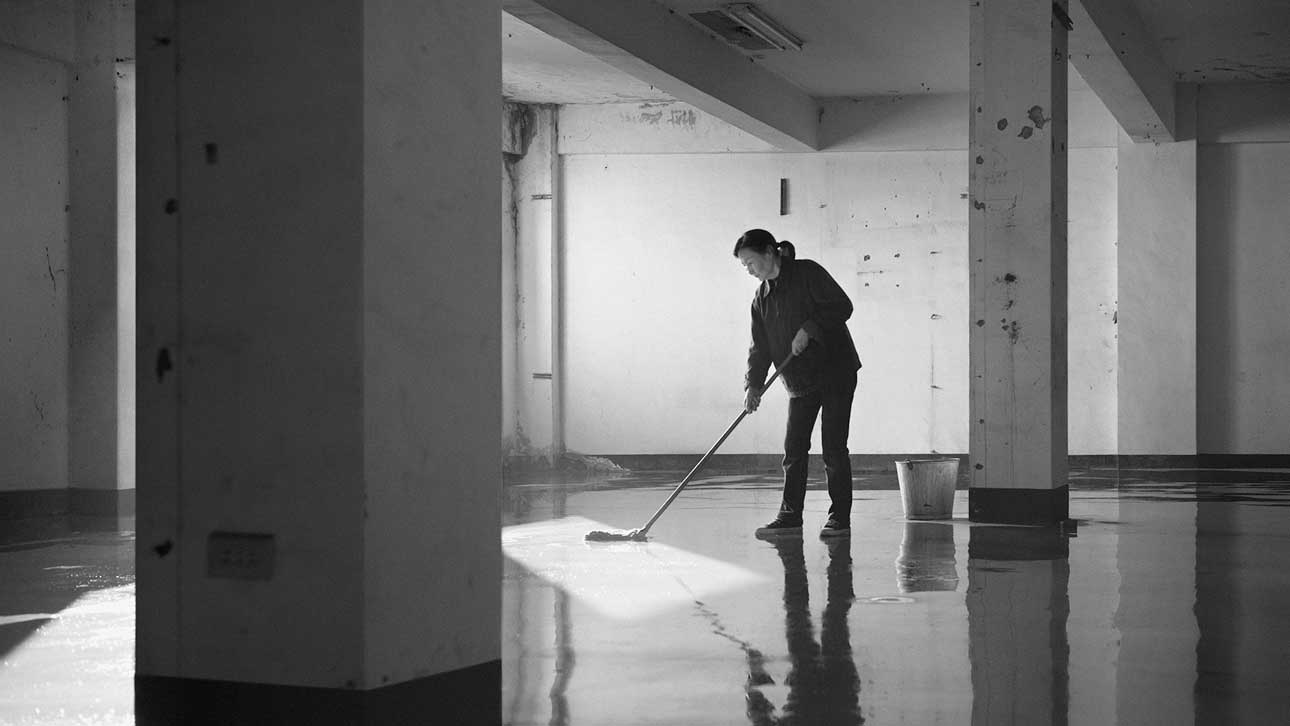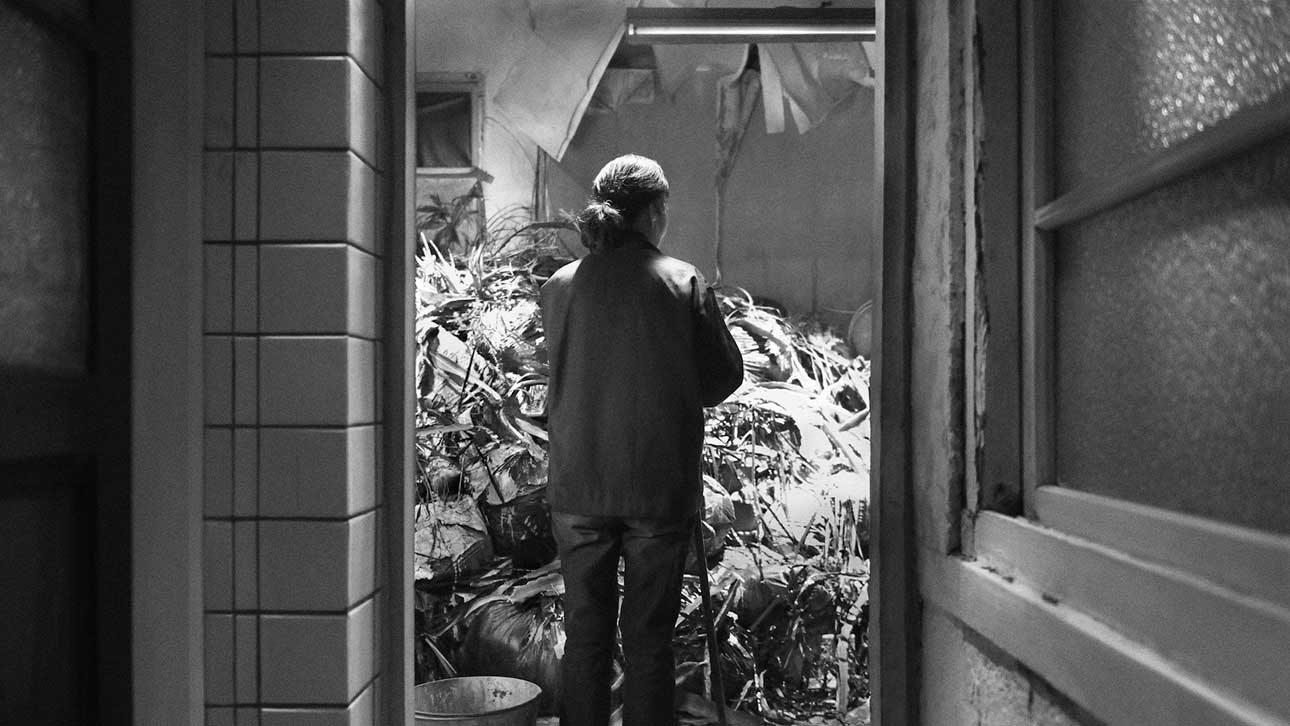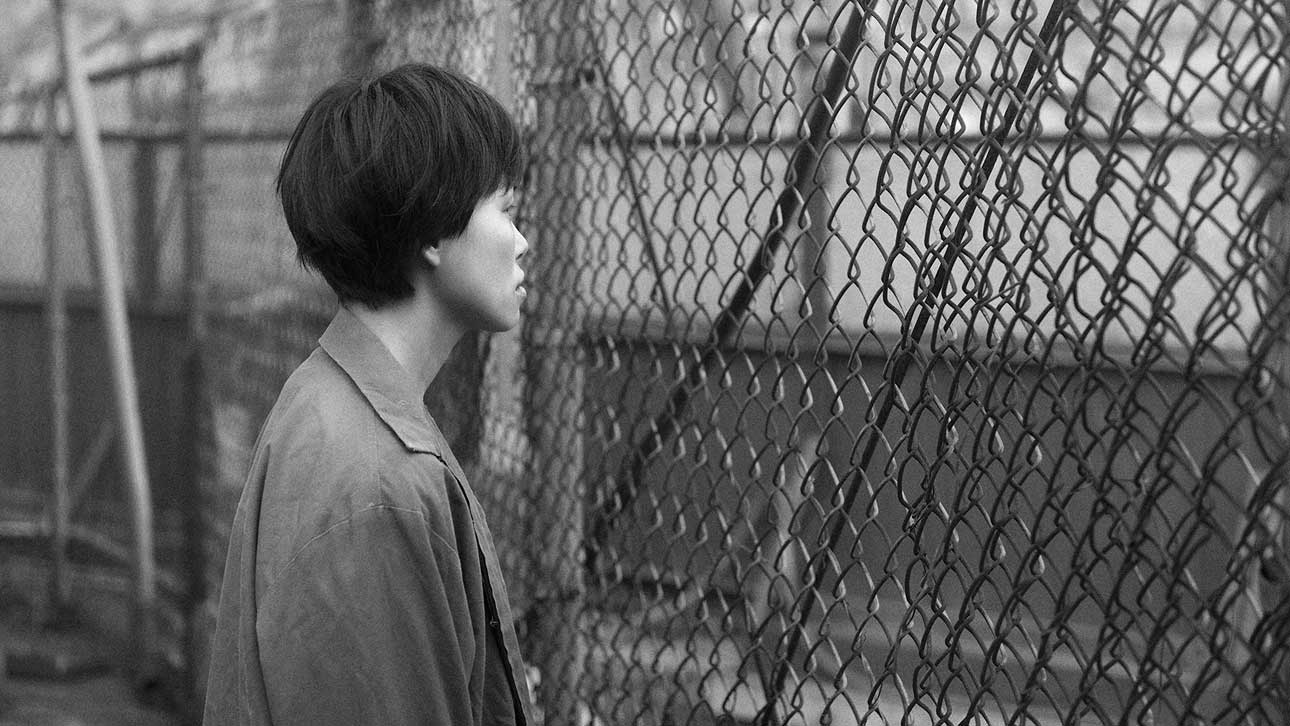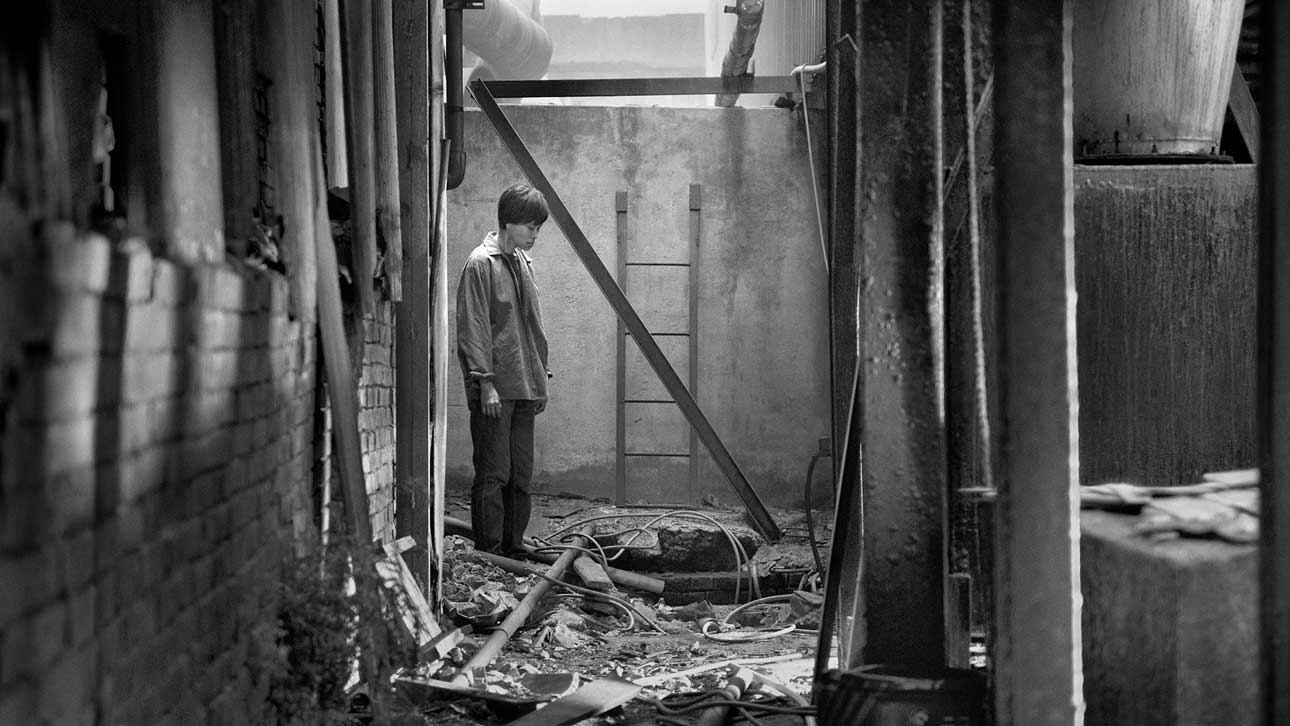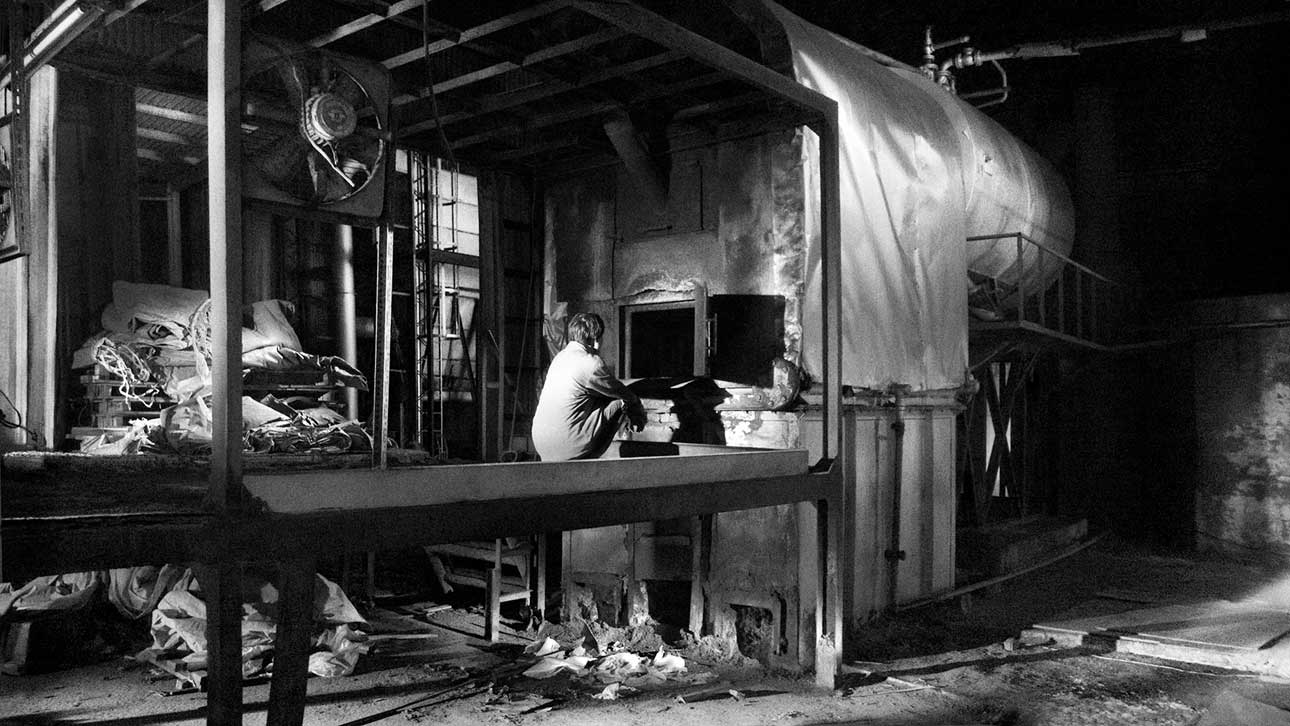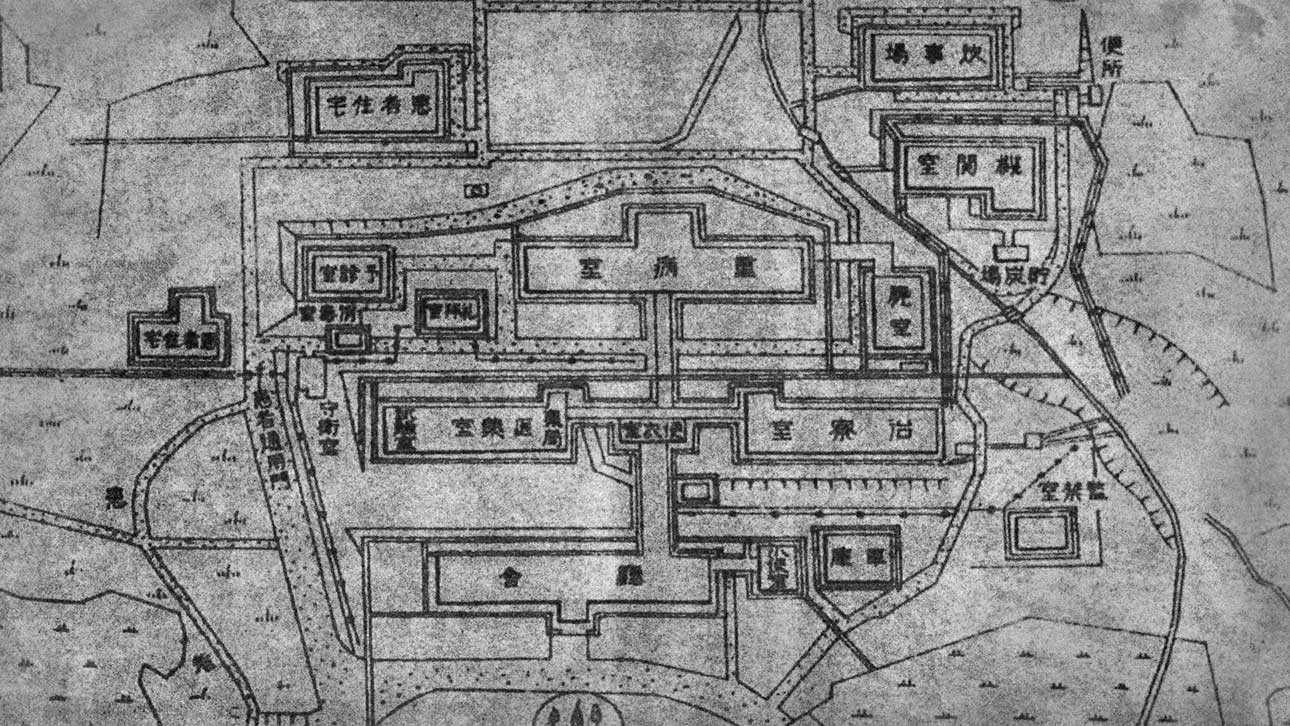Introduction
In 2014, after more than 70 percent of the Losheng Sanatorium had been demolished, the remaining buildings and MRT depot construction site looked like two enormous wounds, or perhaps a wound and a wishful symbol of progress. Realm of Reverberations explores whether past events that seem settled actually ever end from four different perspectives: old residents in Tree Planters; a young woman who had accompanied residents in Keeping Company; a hospice nurse who had lived through China’s Cultural Revolution before coming to Taiwan in The Suspended Room; and a fictional political prisoner who travels through Taiwanese history from the Japanese colonial period to the present in Tracing Forward. The possibility of events opening up intersections or singularities, or generating multiple dialectics and other divergent imaginaries is also explored.
Realm of Reverberations contains hardly any words that tell the history of the Losheng Sanatorium and Losheng Preservation Movement. Most time is reserved for the post-event, difficult to define people, scenery fragments, Sanatorium remains, and various extremely obscure objects and sounds.
Tree Planters shows Sanatorium resident Chou Fu-tzu riding a mobility scooter up a mountain and then singing an improvised, sentimental song to the Losheng Sanatorium site below, which has been made into a gaping hole by construction. Later, as she makes her way down the mountain at nightfall, while construction lights, which both reveal and conceal violence, ironically illuminate her face. In other parts of the video, Sanatorium residents are enveloped in darkness to suggest that they are nowhere, and when the Sanatorium’s remains do appear on the screen, they seem like an endless no man’s land. In the film’s voiceover, resident Li Tien-pei talks about those past residents who had planted more than 800 trees on the grounds. But many of those trees have been cut down, leaving only stumps among clumps of grass and suggesting the many amputations residents had undergone.
The second video stream titled Keeping Company concerns Chang Fang-chi, a young activist who had accompanied Sanatorium residents for many years. Following the heyday of the Losheng Preservation Movement, she searches for fragments with unclear significance, looking through the Sanatorium remains along a narrow path, in a building’s rafters, in a dark basement, in an abandoned room and at a garbage dump. Finally, she arrives at the sickbed of a resident she cared for until the resident’s death, and uses both hands to collect dust on the bed that can never be completely collected. A protest banner with faded words blowing in the wind is repeatedly shown, and a small stone tied to one end continuously bangs against a sheet metal fence, creating a noise that is loud and sometimes soft.
Titled The Suspended Room, the third stream features Liu Yue-ying, who lived in China during the Cultural Revolution and later worked as a hospice nurse in Taiwan. No longer able to endure watching so many people die, she quit her job and became a cleaner. She walked by the MRT depot construction site daily, but never knew that the Losheng Preservation Movement, essential in Taiwan’s history of social movements, had started here, just as no one knew she lived through the even more confusing Cultural Revolution era. Besides getting together with other nurses from the Mainland to sing the revolutionary songs forever etched in their memories, she would wander around day after day, continually cleaning stains, sweeping up garbage and dusting. The stains and garbage, however, always reappeared, and the dust just kept falling.
The fourth stream, titled Tracing Forward, features a characterization of a political prisoner living in an undetermined time and place and played by the stage actress Hsu Yi-ting. In the video, the character walks from the Taipei Prison ruins in the city center to a polluted industrial area, where she sees wastewater continually flowing from factories. She then sits by an industrial furnace while new and old colonial history drifts before her in a nonlinear fashion. She catches sight of another incarnation of herself drifting through room after empty room lit with distant lights. Next, outside of the MRT depot construction site, she meets the Beiguan orchestra, which is often seen at Taiwanese folk religion parades. But this orchestra inexplicably appears, and is not only not escorting any deity, but its movements are not synchronized with its music, thus announcing this place is forsaken, and without owner, god, ghost or people. The final shot in the video pauses on the political prisoner with her back to an audience, such that they all are gazing at a semi-transparent black net at the construction site. The remains of the Losheng Sanatorium are difficult to see clearly.
Realm of Reverberations does not clearly indicate what intersections and singularities will initiate other imaginaries, and even goes so far as to focus on the non-events of everyday life. The people, non-events and objects that the lens lingers on seem to exist in a suspended state, thus creating a sense of despair and no way out. But despair can make viewers ask fundamental questions, and stimulate shifts in their perceptions and points of view. From the impossible, viewers can seek intersections and singularities that lead to other possibilities.
We know the story of Sanatorium residents planting 800 trees in Tree Planters, and also see the persistent weeds surrounding the tree stumps. In Keeping Company, the sight of Chang Fang-chi gathering that impossible to gather dust on the bed may lead to comparisons between the spiritual power of individual perceptions and recorded history. In The Suspended Room, when we see that boring and repetitive cleaning job, perhaps we will wonder if those who are isolated on the periphery of the main narrative deserve to have their stories acknowledged. Watching Tracing Forward, we not only read old and new colonial history, but also reconsider how to tell the difference between dissenting histories and those that are just variations on official ones. And we may realize the non-events of daily life after an event leave us with time to reflect, create multiple dialectics and freely associate.
When tree trunks and weeds, histories and perceptions, mainstream narratives and individual lives, or urgency and routine, all loosely come together in fragmented narratives, then the driving force of unexpected intersections and singularities exists in unrelated everyday routines, that permeate one another and separate from one another in tension and gaps.
Although the four video streams in Realm of Reverberations are projected together, they are not synchronized. It is therefore impossible to provide the viewers with an ordered viewing sequence, and since they are asynchronous, when a viewer watches one screen, the sounds from the other three streams randomly permeate or distract the viewer. This means each stream contains the sounds (or noise) of the others. Realm of Reverberations forms a variable and divergent soundscape with this unstable presentation style, as well as produces a dynamic space where intersections and singularities can occur.
An event’s reverberations do not just occur afterwards, but are some possible event and experimental preview of a new kind of future movement.
